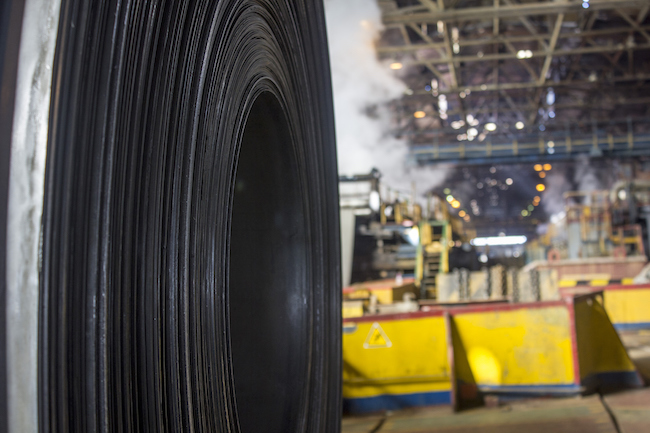
4 ways manufacturers can reduce their energy use
by Emily Newton, Editor-in-Chief, Revolutionized

Moving to renewable energy is about more than eliminating natural gas or petroleum from the equation.

PHOTO: Getty Images
Every year proves energy usage increases in manufacturing, with paper and metal resources, transportation and natural gas at the top of the list. Despite constant stops because of supply chain disruptions, manufacturing continues to run at full force, compensating for inadequacies by pushing through production. Here are five actions to reduce manufacturing energy consumption to spare financial and ecological stress.
1. Convince Employees
Management can instill as many values and regulations, but it will only be effective if every worker participates in monitoring manufacturing energy consumption. Employee buy-in will solidify energy reduction efforts. The most wasted resources occur on the floor, where operators have the most influence. Additionally, they will have the most priceless insight into discovering process modifications for continuous improvement.
2. Transition to Renewables
Moving to renewable energy is about more than eliminating natural gas or petroleum from the equation. Manufacturers are responsible for participating in renewable energy generation to support smart grid initiatives. If a company generates more power than it needs via renewable avenues, it can redistribute it to anyone connected to the smart grid.
An additional way to harness and redistribute energy internally is through waste heat. Teams can find machines that produce excess energy as a byproduct of running. Then, that energy is valuable elsewhere instead of paid for and not used. A system like this reduces the energy expenditure of entire communities, not just manufacturers.
3. Perform Infrastructure Audits
Wasted energy sneaks out of countless hidden areas in a manufacturing facility and the whole supply chain. Teams can install Internet of Things (IoT) technology that employs sensors to collect data on energy consumption constantly or hire professionals to analyze tech and equipment, including but not limited to:
- Process heating: Capturing waste heat, supplementing with renewables, auditing the furnace and regulating boilers with blowdown control.
- Compressed air systems: Review equipment with a leak survey by examining parts to see if they’re broken or can’t regulate
- Power factor correction: Machines compensate by working harder if they aren’t receiving the right amount of power. Discovering how much energy goes into a machine compared to what it needs to run could reveal a ratio depleting energy budgets.
- Equipment upgrades: Old machines use more resources, such as HVAC systems or computers. The upfront cost of new hardware may be significant, but it will save finances in the long run because it will drastically reduce energy expenses.
- Harmonic currents: Distortion causes more issues for machines than humans can see. Use sensors to measure how these currents create energy loss and adjust conductors and load capacities as needed.
4. Form a Strategy Team
Energy management is a constant process of reviews and adaptations. Everyone in the manufacturing outfit can contribute to reducing energy use, but having a dedicated team of experts to guide the process will be ideal. It delegates responsibilities and reduces employee stress. The duties could vary depending on what companies need most. It varies depending on the manufacturing sector, as energy use in textile production differs from aerospace.
Here are some ways energy strategy teams could deploy productive suggestions for a manufacturing business:
- Research governmental incentives for energy reduction to alleviate budgets.
- Create enforcement and oversight plans for maintenance and repairs.
- Stay up-to-date with industry compliance or new technologies improving energy use.
- Schedule machines to shut down during peak hours.
- Order tools, like variable frequency drives or LED lights.
Manufacturing Energy Consumption Needs Lowering
Energy usage must decrease to stay sustainable for the planet and meet demand. The ever-growing population means supply chains and production lines must innovate to work more efficiently and swiftly without compromising environmental integrity.